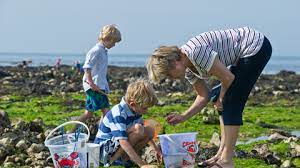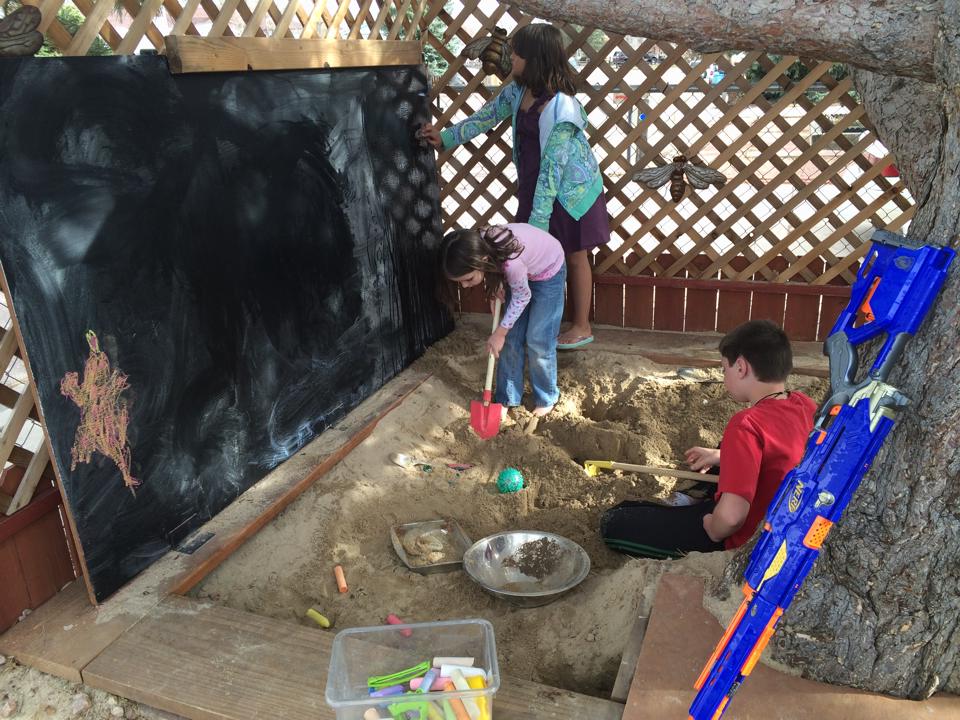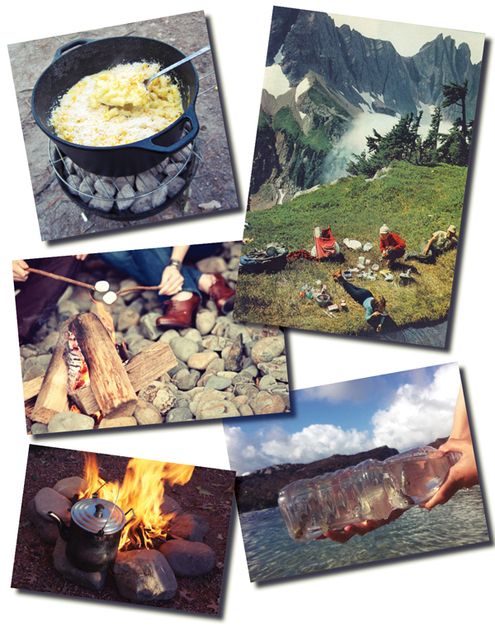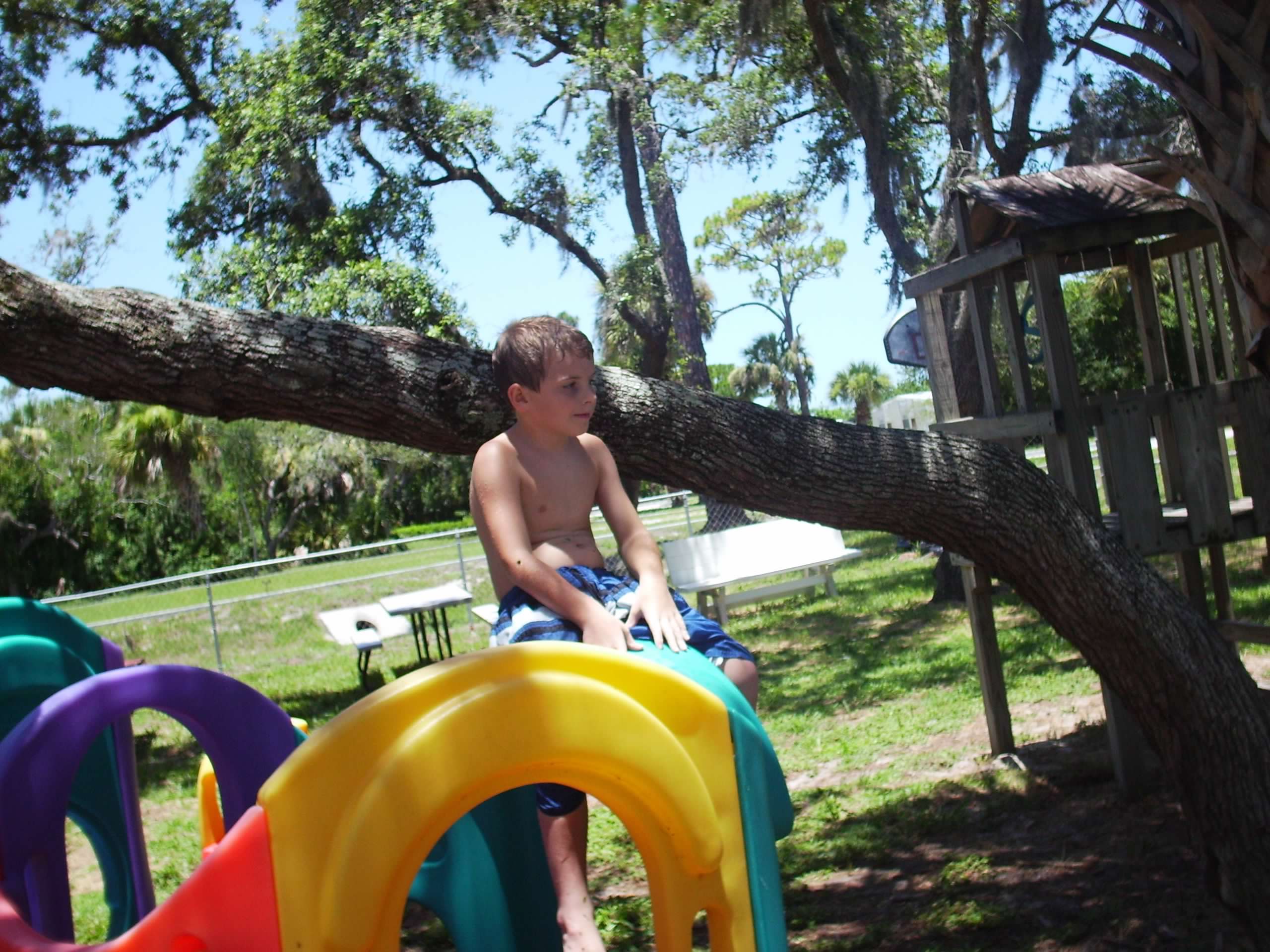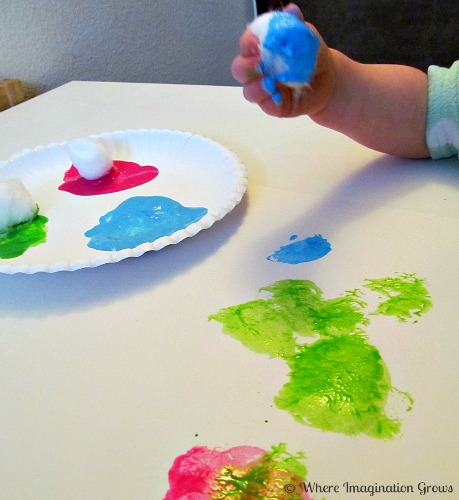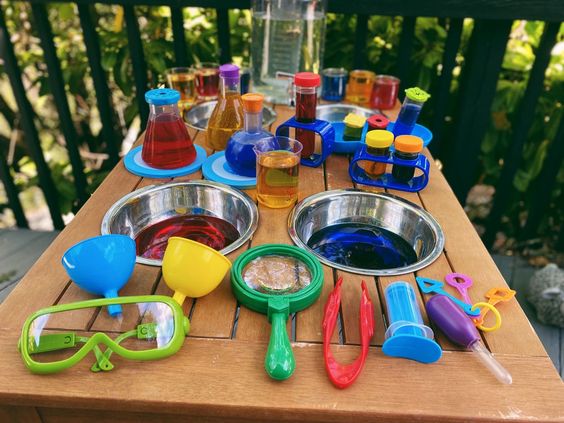Family Fun at Home
Whether it is a weekend at home in our jammies to camping or movies outside, Hope will make it fun.
We love to cook over a campfire and binge on our favorite shows. We usually have a theme that we chose ahead of time and just be spontaneous with everyone having a moment to do what they dreamed up for the family.
Now, I love my plants and trees-especially trees. However, I pour my heart into activities and projects centered on the wildlife.
Articles on wildlife are hard to find. So here is one incase you are like me.
I believe that little ones should be identifying rabbits, deer, squirrels, chipmunks, birds, ducks, fish, bugs, frogs and butterflies. Those animals seem to be everywhere that I have traveled and the generic names are great until they get older. OMG I forgot snakes; they are everywhere as well. Then they can learn about the other animals near you.
Now my step father thought it was imperative that they know why the wildlife was seen in the area that we saw them. Like were they headed to the stream for water or the garden for a snack. Or maybe they hide in the brush or trees to keep them safe from predators. It makes them notice the surrounding area as a animals home and we need to honor them by not leaving trash or harmful items that might be harmful to them.
25 Wildlife Activities You Can Do at Home
Get connected with nature and the outdoors by participating in a variety of outdoor and nature education opportunities and resources for individuals and families.
Start a Bird List for your backyard. Listen and look for birds in your yard. Note their color, size, shape, and sound. Visit The Cornell Lab's All About Birds website for help with identification.
Build a nest box for birds. Some birds, such as bluebirds, kestrels, and wood ducks, nest in tree holes. Each of these birds live in a different habitat. Use CT DEEP wildlife fact sheets to learn which bird nest box to build depending on your neighborhood habitat.
Make a bird nest! Gather materials (twigs, grasses, rootlets, moss, mud) and try your hand at building your own bird nest. It may not be easy. Hint: Use a plastic container to use for your nest!
Do a neighborhood count for ducks and geese. Do not feed waterfowl as ducks and geese should not eat human food, like bread, and feeding ducks and geese can make them more likely to catch a disease.
Search the sky on windy days for soaring hawks and vultures.
Start a Bird Life List. Write down the date, location, and names of birds you see anywhere outside for the first time in your life!
Watch the behavior of birds. How do birds communicate with each other? Look for signs, such as nest building (carrying nesting material), feeding young birds (birds carrying insects), and territory marking (singing). People in Connecticut are currently noting which birds nest in the state and compiling the list for the Connecticut Bird Atlas.
Plant a garden for birds and pollinators. Use native plants as these provide the best food for wildlife. Look up information on the best plants for butterfly gardens. Be sure to include some milkweed for monarch butterflies.
Keep a phenology log. Find nature’s “firsts”, such as the first day you see a tulip bloom, a hummingbird, or a monarch butterfly. Visit the Journey North website for more information.
Start a nature journal. Sketch what you see while sitting quietly outside. Add notes about what you have observed.
Catch a spider orb web. First, make sure the spider web is not occupied. Then, collect it on a black sheet of construction paper. Use acrylic clear spray to save your web.
Conduct a butterfly survey in your neighborhood. Write down the name of every butterfly you see! If you don’t know the name, write down information about the butterfly (color, shape, size) and use BugGuide or iNaturalist to help with identification.
Conduct a Bioblitz in your backyard. Use iNaturalist to help identify everything you see in your yard.
Listen to wildlife sounds during the evening and try to identify what you are hearing. Keep a tally of the different animals you hear (peepers, owls, coyotes, and more!)
Create a backyard wildlife plan. Try to attract birds, pollinators, and other wildlife by providing food, water, shelter, and space. (Family-friendly Projects to Improve Backyard Habitat for Wildlife)
Find an invasive plant species in your backyard and design a Wanted, Dead, or Alive poster to show others how invasive species affect habitat for wildlife. More information on invasive plants is available from the Connecticut Invasive Plant Working Group.
Conduct an experiment. Find an anthill, put different bait nearby. Predict which food the ant will like. Observe the ant’s behavior.
Make your own insect net (for examples, go to YouTube) with simple household materials. Go outside and catch some insects!
Observe the behavior of squirrels and sketch their activity. Do they live in leaf nests or tree holes? What are the squirrels eating? Which trees do squirrels seem to prefer?
Take a trip around your house and note where you find animal signs, such as old mud dauber wasp nests or insect cocoons. Map these on a drawing of your home habitat.
Search your neighborhood for different types of tree cavities. Look for and note evidence of wildlife use. Snags with tree holes are important as wildlife habitat!
Set up a trail cam and view wildlife visiting your backyard.
Hang a white sheet in your yard at night with a lamp (ultraviolet works best!) lighting it. Then, survey for different kinds of insects that might have been attracted by the light.
Survey for and count flying bats during evenings. The CT DEEP Wildlife Division has been studying bats by recording night sounds during survey routes. Learn more about this project in Connecticut Wildlife magazine.
Learn and survey for calling frogs and toads during the evening in your neighborhood. Some amphibians are affected by disease. Research more information on amphibian (and reptile) diseases.
RELATED RESOURCES
Family-friendly Projects to Improve Backyard Habitat for Wildlife
With planning, these projects can each be completed in less than 2 hours.
Backyard Nature Fun
Exploring nature with kids doesn’t have to mean hitting the trail, heading to the mountains or going camping (though those are all fine ideas). Connecting with nature is as easy as heading out the back door.
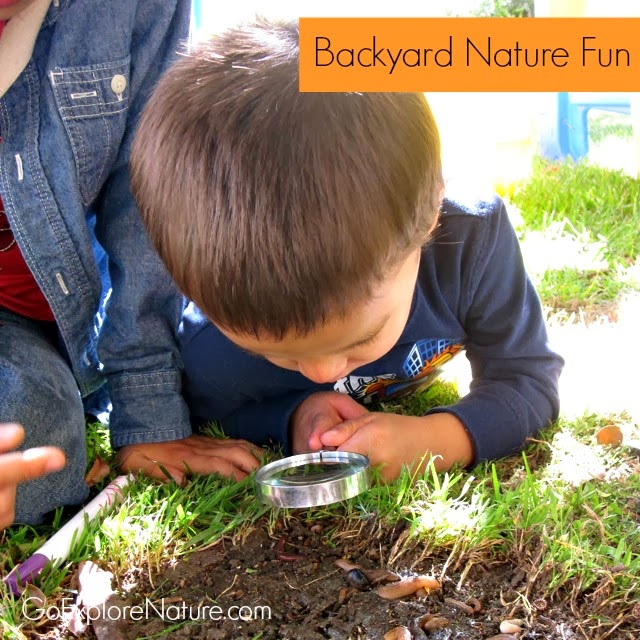
I hope this article will give you some ideas to make exploring nature in your backyard simple and fun. And don’t worry if your backyard is tiny or even nonexistent – the ideas I share can be enjoyed at a local park or any other natural area in your neighborhood.
If you only have a few minutes to peek around, bookmark this page! Then check out the top five Backyard Nature Fun reader favorites:
I’m glad you asked! The best place to start is back on the home page, where you’ll find the Backyard Nature Fun posts sorted by season (look right under the blog’s logo). You can click on any of the seasons for timely play ideas. Or you might prefer to enter a term into the search bar in the top right-hand corner of the page to see what comes up.
To get you started right here, I’ve featured the top three reader favorites in a variety of topic areas.
Gardens, flowers and trees can be usually be found in just about any neighborhood, making them a simple way to connect with nature.
Here’s where you’ll find ways for families to get outside and into nature during the holidays.
I like making lists. All kinds of lists. Which is a good thing, because they seem to be pretty popular around here.
One part magic, one part imagination, this is where nature and imaginative play come together.
I make no claims to be crafty, but most kids are huge fans of crafts. Thankfully, nature and crafting go together nicely.
Sometimes it’s fun to explore nature when the sun goes down. See some of the activities we’ve tried.
Wondering what to do when it’s pouring outside?
Here you’ll find plenty of ways to turn an everyday walk around your backyard, neighborhood or local park into an adventure in nature.
It doesn’t take a lot for kids to have hours of fun outside. A little dirt, a little sand and a little water will often do the trick.
Winter’s snowy weather is no excuse to stay indoors. If you need some ideas for getting outside, we’ve got a few.
Short on time? Sometimes connecting with nature is as simple as taking a look up.
Even our urban backyard is teeming with wildlife – birds, bugs and more.
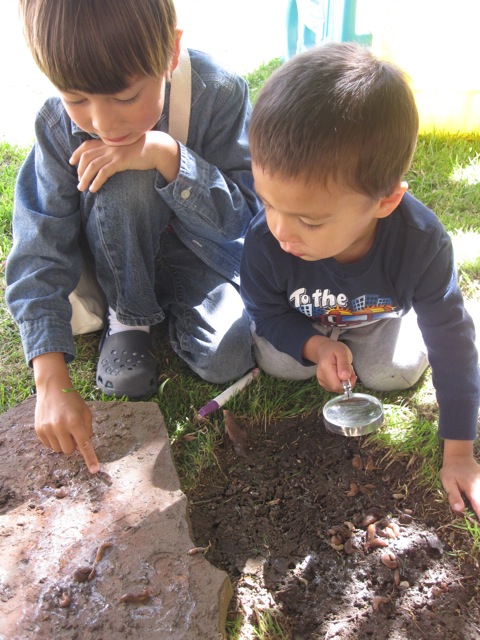
I’m always adding new ideas to my backyard nature play spaces and outdoor play Pinterest boards, plus I have boards for nature play ideas arranged by season (winter, spring, summer
and fall). I’ve also put together a fun series called 31 Days of Backyard Nature Fun that provides ideas for making time in nature a habit in just one month.


